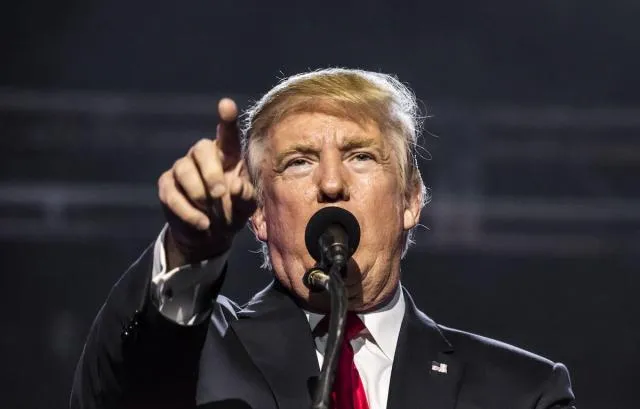The concept of a national strategic cryptocurrency reserve has ignited discussions across the financial and blockchain communities. Recent speculation suggests the inclusion of cryptocurrencies like Solana (SOL), XRP, and Circle’s USDC stablecoin in such a reserve. While this idea has garnered significant interest, it also raises critical questions about its feasibility, implications, and alignment with the decentralized ethos of blockchain technology.
Recent Market Movements and Developments
Altcoins Display Robust Growth
Cryptocurrencies such as Solana’s SOL, XRP, and Hedera’s HBAR have demonstrated impressive performance recently, with reports indicating their potential inclusion in an “America-first strategic reserve.” SOL surged over 8%, reaching $217, while XRP advanced to $3.35, nearing its 2018 record high. Although HBAR was not explicitly cited in the reports, it experienced a rally exceeding 10%, hitting its strongest price levels since early December.
These market trends have contributed to a 5% rise in the CoinDesk 20 Index within 24 hours, significantly outpacing Bitcoin’s 0.5% increase, which brought its price close to $100,000.
Anticipation of Policy Announcements
With the inauguration of Donald Trump as the 47th U.S. president on the horizon, expectations are mounting regarding potential executive orders that could shape the cryptocurrency industry. Trump’s campaign promises included positioning the United States as a leader in blockchain innovation and establishing a national Bitcoin reserve. Legislative efforts, such as Senator Cynthia Lummis’ BITCOIN Act, which advocates for acquiring 5% of Bitcoin’s total supply, have further fueled these discussions. Meanwhile, several U.S. states have proposed or enacted measures to create cryptocurrency reserves.
Expert Perspectives on the Reserve Concept
Concerns Regarding Altcoin Inclusion
While the idea of a strategic cryptocurrency reserve is intriguing, the inclusion of altcoins has drawn criticism from some industry experts. Critics argue that such a move might not only be speculative but also inconsistent with the principles of decentralization.
Quinn Thompson, founder of Lekker Capital, described the proposal as unlikely. “This is a ridiculous idea and will never happen,” Thompson commented. He elaborated, “Governments should not engage in speculative investments on altcoins. A reserve centered on non-Bitcoin assets is fundamentally flawed.”
Balancing Innovation and Decentralization
Anthony Georgiades, general partner at Innovating Capital, expressed concerns about the potential nationalization of digital assets. While supporting efforts to foster U.S.-based innovation, he warned that government control over altcoins could undermine their progress toward decentralization. “Bitcoin is the only cryptocurrency currently achieving true decentralization,” Georgiades noted. “Though other projects show promise, excessive government intervention might hinder their evolution.”
Implications and Broader Considerations
The Role of Government in Digital Assets
The proposal for a strategic cryptocurrency reserve highlights broader issues surrounding the government’s role in the blockchain and cryptocurrency industries. Proponents argue that such initiatives could strengthen the United States’ position as a global leader in blockchain technology. However, detractors caution that missteps or overregulation could stifle the industry’s growth and innovation.
Future Directions
The implementation of a strategic reserve, whether limited to Bitcoin or inclusive of other cryptocurrencies, will require careful consideration. Striking a balance between promoting innovation, ensuring security, and maintaining decentralization will be key to the initiative’s success.
The idea of an “America-first” strategic cryptocurrency reserve is both ambitious and contentious. While reports of altcoin inclusion have sparked market enthusiasm, they have also provoked critical debates about the risks and challenges involved. As the United States prepares for new leadership, the cryptocurrency sector eagerly anticipates policy announcements that could define the future trajectory of digital asset innovation and regulation

